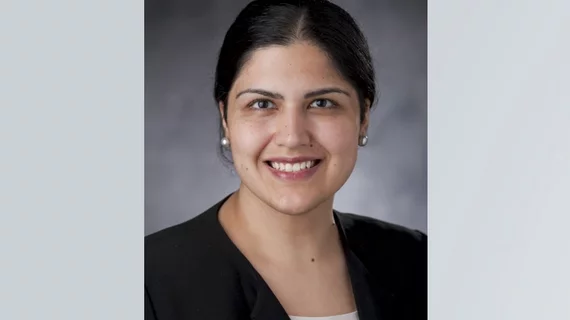Breast cancer screening with digital breast tomosynthesis (DBT) provides significant value to older women, according to a new study published in Radiology.
The researchers analyzed data from more than 15,000 women aged 65 years or older who underwent digital mammography (DM) alone from March 2008 to February 2011, before their institution had integrated DBT into clinical practice. The team then explored data from more than 20,000 women aged 65 years or older who underwent DBT from January 2013 to December 2015.
Overall, there was not a significant difference in the cancer detection rate between the two groups. DBT did have a lower abnormal interpretation rate (5.7 percent vs 5.8 percent), higher positive predictive value (14.5 percent vs. 11.9 percent) and higher specificity (95.1 percent vs. 94.8 percent) than DM alone. DBT also lead to a higher proportion of invasive cancers relative to in situ cancers (81.1 percent vs 74.4 percent).
“We've shown that screening mammography performs well in older women, with high cancer detection rates and low false-positives, and that tomosynthesis leads to even better performance than conventional 2-D mammography,” lead author Manisha Bahl, MD, MPH, a radiologist at Massachusetts General Hospital in Boston and assistant professor of radiology at Harvard Medical School, said in a prepared statement. “For example, the abnormal interpretation rate, which is the percentage of women who are called back for additional imaging after a screening mammogram, is lower with tomosynthesis than with conventional 2-D mammography. We also found that fewer cancers detected with tomosynthesis were lymph node-positive, suggesting that we are detecting cancers at an earlier stage. Detecting breast cancers at an early stage is the goal of screening mammography.”
The team’s research also shows, according to Bahl, that older women should not stop undergoing screening at a specific age. Instead, women should base such decisions on “individual preferences, life expectancy and health status.”
“Our research demonstrates that screening mammography and tomosynthesis perform well in older women with regard to cancer detection and false-positives,” she said in the same statement. “So, if a woman is healthy and would want her cancer to be treated if it were detected, then she should continue screening.”

